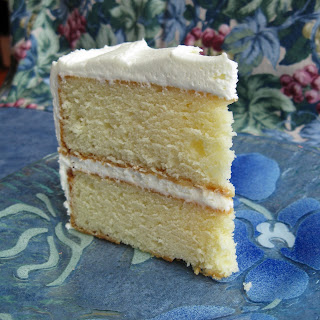I made this Gingerbread Lighthouse for the 2012 Boston Christmas Festival. It is a replica of Nauset Light, a famous lighthouse on Cape Cod. Everything is edible on this gingerbread house. It was displayed during the christmas festival and then auctioned off for charity. This was the first year when I actually kept track of how much time and money I spent making a Gingerbread House, and I was pretty surprised by what went into a house this size. Although it is bigger than gingerbread houses I had done in the past, at 2 square feet, it was pretty small by competition standards. None the less, it took 50 hours and $69 to make! Gingerbread houses can get very intricate in detail, and the little details are what take a lot of time. Also, when you do gingerbread replicas of actual buildings, you tend to spend more time in the design phase getting the model accurate before you even make the house. As for what I spent, here is the breakdown:
2x2 ft plywood base = $5 at Lowe's
LED Lights for inside = $4 at craft store
Candy and Gum = $22
Ingredients to make three batches of Gingerbread dough = $10
4 boxes of rice cereal for the base (rocky shoreline) = $12
Ingredients to make lots of Royal Icing and Gum Paste = $12
Isomalt for the Lighthouse glass = $4
Here are some pictures of the details:
The Rocky shoreline is a base of Rice Krispy treats covered with gum paste.
Below are pictures of how I built it:
Creating a large base of Rice Krispy treats (4 boxes of cereal!)
After the base was built, I packed down the rice krispy treats nice and tight, then levelled it off so the house would have a level foundation.
Here is a picture of the base half covered in gum paste rocks. I colored the gum paste different shades of gray and brown and alternated the colors, pressing bits of it onto the rice krispies in the shape of rocks. Then I went back later and hand-painted some shading in places.
For the lighthouse, I rolled gingerbread very thick (more than 1/4" thick) and baked it on an inverted french bread loaf pan:
You can see that it cracked, but the cracks were merely on the surface, so the structure of the gingerbread was not compromised. I then made a tapered cardboard tube (wider at the base and narrower at the top) out of thin bendable cardboard to provide inner structural support. I "glued" the gingerbread to the cardboard tube with royal icing. Since the gingerbread itself was not tapered, there were gaps on the sides which needed to be filled in with slender triangular pieces. I baked a small sheet of gingerbread and then cut pieces especially for this purpose. After it dried, I coated the whole lighthouse with royal icing.
Gingerbread Lighthouse is made of gingerbread covered in Royal Icing imprinted with a brick pattern.
Above is a picture of the gingerbread lighthouse lit up
Below is a picture of the Christmas Tree in the window:
This is the display at the festival. My gingerbread won "best tasting" (we had to submit GB cookies in addition to our house because one part of the competition was taste.)

.JPG)





.JPG)


.JPG)


.jpg)






.jpg)










.jpg)


.JPG)











